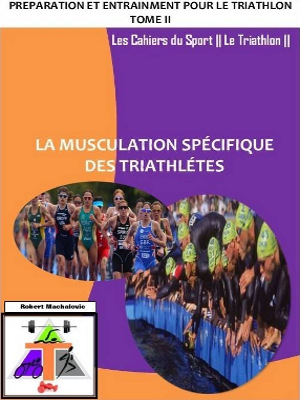Periodization can be defined as the division of the annual training plan into smaller and more manage- able phases of training. This approach permits one aspect of fitness to be the focus of training, white maintaining the development of other aspects. In essence a periodized training program is really about being an organized and systematic coach. The transition from training to racing is commonly referred to as the taper and is characterized by a reduction in the volume of training and the development of race speed. Both periodization and the taper lead to the peaking of performance necessary for high-level and international competition.
From a physiological viewpoint, there are several reasons for a periodized and balanced training program leading up to major competition :
- A higher training load without excessive fatigue.
- Faster recovery and regeneration.
- Maintaining performances close to their maximum for a long period of time.
- Correct peaking for the major competition of the year.
- Maintaining a basic level of fitness over a long period of training (or even a period of reduced training).
- A greater degree of specificity for individual events.
- A more efficient and effective taper (and supercompensation) process.
- More complete adaptation to training without two or three parts of the program interfering with each other when trained concurrently.
- Better planning for both major and minor competitions.
- More effective integration of sports science support with the training program.





